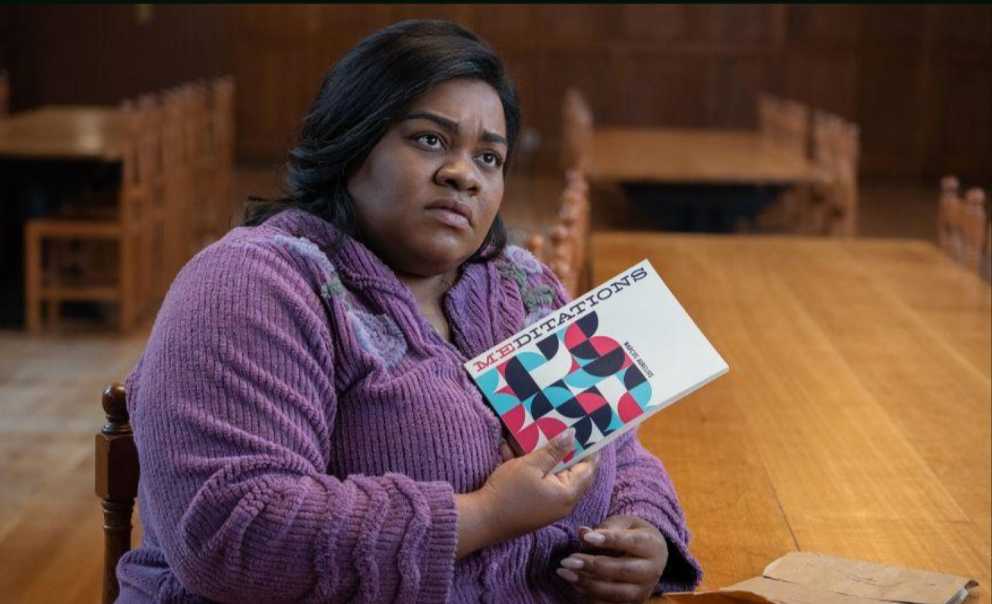By Contributing writer Wes Smith, ’28
The Blair Witch Project is a fascinating movie. When it was released in 1999, it made more than two hundred million dollars at the box office (a record for independent films at the time) with only a six hundred thousand dollar budget. But what made The Blair Witch Project so special?
The plot is simple. It begins with the statement that the footage we are about to see belonged to three film students who disappeared in the woods while shooting a documentary. This footage was found a year after their disappearance. It then introduces the characters (Heather, Josh, and Mike) and shows them preparing for their trip, filming the documentary, and interviewing people about the mysterious Blair Witch. Through these interviews we learn about frightening disappearances in the woods and multiple puzzling murders.
The group enters the woods, heading to different filming locations. Arguments start to break out within the group as they begin to lose their way in the woods. They continue hiking, seeing strange stone piles and stick figures as they go. As the group is forced to camp outside in a small tent, they hear noises and movement from outside. They must then fight to survive and escape the forest.
“The Blair Witch Project” was a pioneer of the found footage subgenre. Before the movie was released, it was marketed to convince the audience that it was real. The actors used their real names in the film and were listed as “missing” or “deceased.” A website was created, highlighting the mythology of the Blair Witch through fake newspaper articles, police reports, journals, and interviews. This website attracted a lot of interest. By the time the movie was released, some people who viewed it in theaters were convinced that The Blair Witch was real.
The movie itself was specifically engineered to feel as realistic as possible. Most of the dialogue between characters was improvised, and it was primarily filmed by the actors using a handheld camera. Many of the scares weren’t expected by the actors as they were separated from the crew and the actors were actually camping alone in the middle of the woods.
Today, it is common knowledge that The Blair Witch Project is fiction, but that doesn’t mean it isn’t still popular or scary. The fear created by the film is deeply rooted in realism and mystery.
The forest the group is stuck in appears normal. Even hiking trails here in New York resemble the woods used in the movie. It’s also realistic that the characters got lost. Even in the modern era, navigating the wilderness is still difficult, as many people still get lost on road trips and walks today, even with the advent of phones, maps, and GPS. The circumstances of the movie are all very plausible, which makes the viewer feel unsafe. It causes you to feel that it could be you lost in those woods. The dialogue between characters enhances this effect, by making them express reasonable frustration, exhaustion, and fear.
Another aspect The Blair Witch Project excels in is mystery. The fear of the unknown is an important part of horror. In most scary movies, you start with little information. You don’t know what’s going on or why, and that makes you afraid of what could happen. Gradually, you learn the answer, and that fear disappears. However, in The Blair Witch Project, many things remain unsolved.
The movie capitalizes on the fear of the unknown. We learn many stories from the townsfolk, none of which include an origin story. The motive and identity of the Blair Witch remain unknown. The footage is often too dark and grainy to see anything, so we are never truly aware of what the threat looks like. Because we don’t know what the Blair Witch is or what it does, it could hypothetically do or be anything. No one knows, and that’s what makes the film so terrifying.
The Blair Witch Project was an extremely special and influential movie that has spawned several sequels and remakes, and many other series experimenting with found footage. But regardless of where you stand on the movie, it is a spectacularly gripping experience and an important piece of creative filmmaking.




































